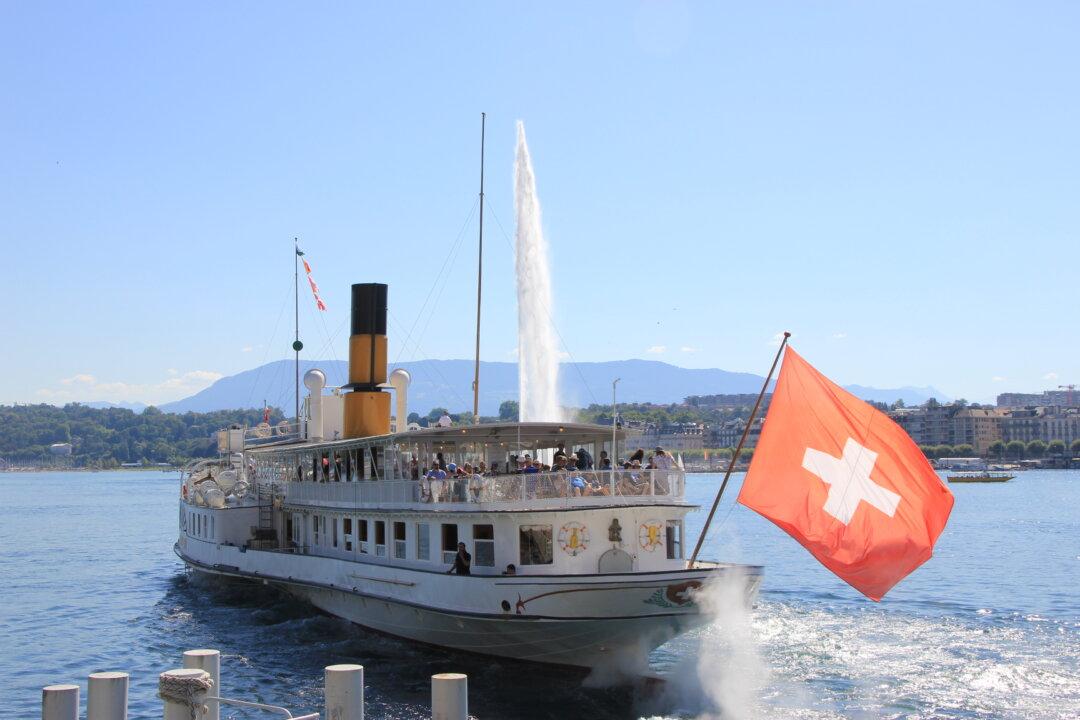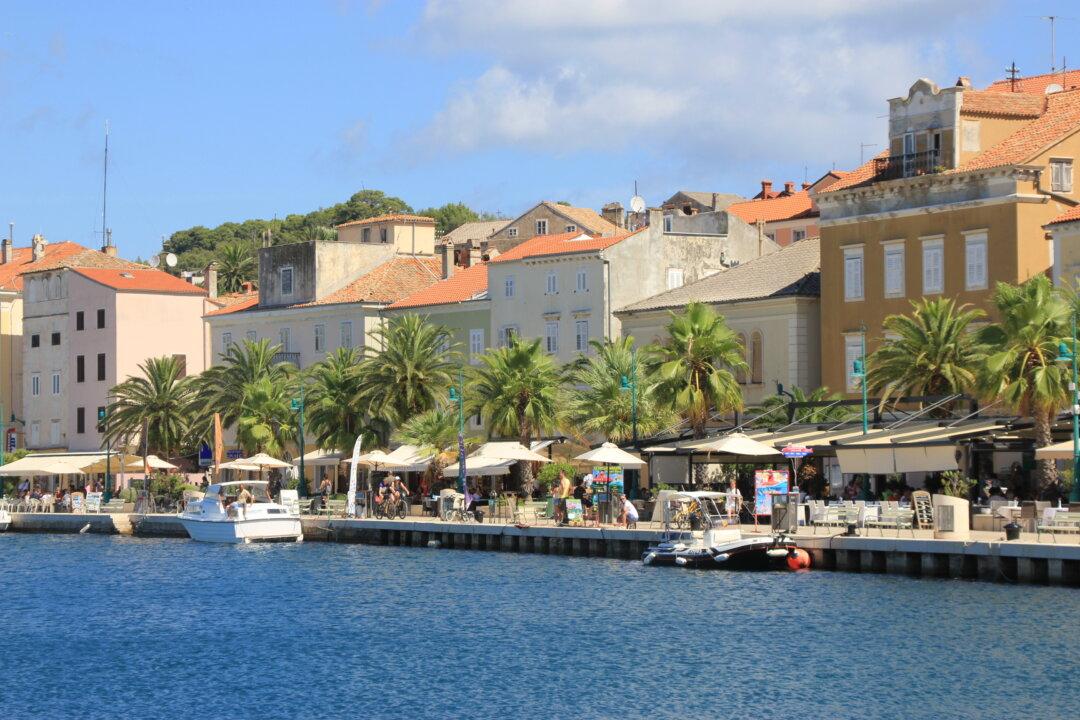Some like it hot, especially after a long, cold North American winter, and so the idea of spending a summer vacation in Andalusia, Spain, was an easy sell to me. Seville, the region’s capital, was high on my bucket list though nothing had prepared me for the beauty of the city—or the scorching heat. Seville is the hottest major metropolitan area in Europe.
On arrival, the thermostat showed a daunting 42ºC (107.6ºF), but I quickly realized that the city fathers throughout its 2,200-year history had created many places to make the heat more bearable. These include the famous Seville Cathedral, the gardens of Alcazar palace, and the alcoves of Plaza de España.





